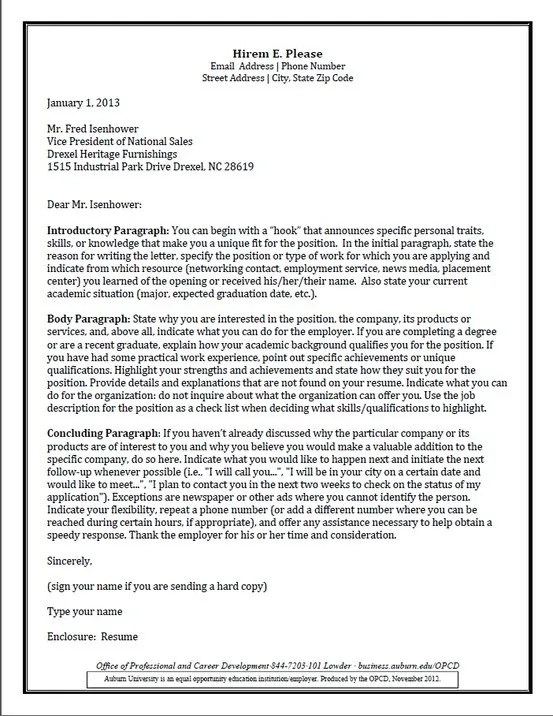Cover Letter Secrets
In the competitive landscape of job applications, a well-crafted cover letter is no longer optional—it’s essential. It’s your chance to make a memorable first impression, showcase your personality, and convince potential employers why you’re the perfect fit for their open position. While your resume provides a snapshot of your professional history, the cover letter offers an opportunity to tell your story, highlighting your passion, skills, and experiences in a way that a resume cannot. Mastering the art of the cover letter is a key to unlocking new career opportunities and setting yourself apart from the competition. Discovering the secrets to crafting a standout cover letter is an investment in your future success.
Understanding the Importance of a Cover Letter
A cover letter isn’t merely a formality; it’s your personal sales pitch to a prospective employer. It bridges the gap between your resume’s facts and your unique value proposition. In an era of digital applications, a personalized cover letter can significantly boost your chances of getting noticed. It demonstrates your genuine interest in the specific job and the company, going beyond the generic application approach. A well-written cover letter proves you’ve taken the time to research the position and tailor your message accordingly. By clearly articulating how your skills and experiences align with the job requirements, you show employers why they should invest their time in you. Many hiring managers often review cover letters first, so its value should not be underestimated.
Why a Cover Letter Matters
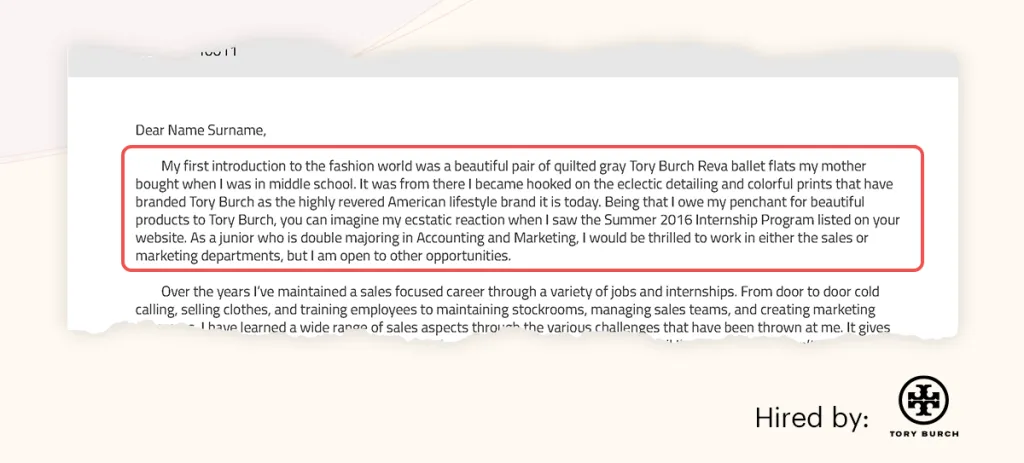
The primary purpose of a cover letter is to provide context to your resume. It’s where you elaborate on your key accomplishments, explain career transitions, or address any gaps in your employment history. It showcases your communication skills, demonstrating your ability to articulate your thoughts clearly and concisely. Moreover, the cover letter allows you to inject personality into your application. It’s a chance to let your enthusiasm and genuine interest in the role shine through, making you more memorable. A strong cover letter enables you to highlight specific skills, experiences, and achievements that directly align with the job description, thereby increasing your chances of getting an interview. In essence, it’s a critical tool for creating a positive first impression and capturing the hiring manager’s attention.
Cover Letter vs. Resume
While both the cover letter and resume are essential components of a job application, they serve distinct purposes. The resume provides a concise summary of your work history, education, skills, and qualifications. It’s a factual document, structured to quickly convey your professional journey. In contrast, the cover letter is more narrative-driven. It’s an opportunity to explain why you’re interested in the specific role, and how your skills and experiences make you a great fit for the company. The cover letter allows you to highlight specific achievements and elaborate on experiences, giving the employer a deeper understanding of your capabilities. The resume shows what you’ve done, while the cover letter explains why you’re the right candidate. Both documents work in tandem to present a comprehensive picture of your professional profile.
Crafting a Compelling Opening
The opening paragraph of your cover letter is your first, and often only, chance to capture the hiring manager’s attention. It must be clear, concise, and immediately demonstrate your interest in the role and the company. Avoid generic greetings and openings. Instead, personalize your message by mentioning the specific job title and the name of the company. Show that you’ve done your research, demonstrating a genuine interest. A strong opening might reference a recent company achievement, a specific project you admire, or a skill that aligns perfectly with the job requirements. Your goal is to instantly grab the reader’s attention and compel them to continue reading. The first few sentences are crucial in setting the tone for the rest of your letter and making a lasting impression.
Grabbing Attention Immediately

To grab the hiring manager’s attention immediately, start with a statement that demonstrates your understanding of the company’s needs. For example, if the company recently launched a new product, you might mention your enthusiasm for that product and how your skills could contribute to its success. Personalize your opening to reflect your unique qualifications. Avoid clichés like “I am writing to apply for the position.” Instead, use a strong action verb that conveys your eagerness to contribute. Consider using a compelling statistic or a brief anecdote that showcases your relevant skills or experiences. Keep the opening concise—three to four sentences at most. Ensure your first sentence directly addresses the job requirements or the company’s objectives.
Highlighting Relevant Skills
Your cover letter is the ideal place to highlight the skills that align most closely with the job description. Carefully review the job posting and identify the key skills and requirements. Provide specific examples of how you’ve successfully used those skills in past roles. Use keywords from the job description to demonstrate that you understand what the employer is looking for. Don’t simply list your skills; instead, illustrate how you’ve applied them to achieve tangible results. Quantify your accomplishments whenever possible—for example, by stating how you increased sales, improved efficiency, or streamlined processes. This approach shows the hiring manager that you have the experience and expertise they need.
Showcasing Achievements and Experience
Your cover letter should go beyond listing your responsibilities; it should showcase your achievements. Focus on what you’ve accomplished in your previous roles and how you contributed to the success of your previous employers. Use the STAR method (Situation, Task, Action, Result) to structure your examples. Describe the situation, the task you were assigned, the actions you took, and the results you achieved. This method gives the reader a clear understanding of your capabilities. Tailor your examples to the specific requirements of the job. Choose the achievements that best highlight the skills and experiences the employer is seeking. Remember, your goal is to demonstrate the value you can bring to the company.
Quantifying Accomplishments
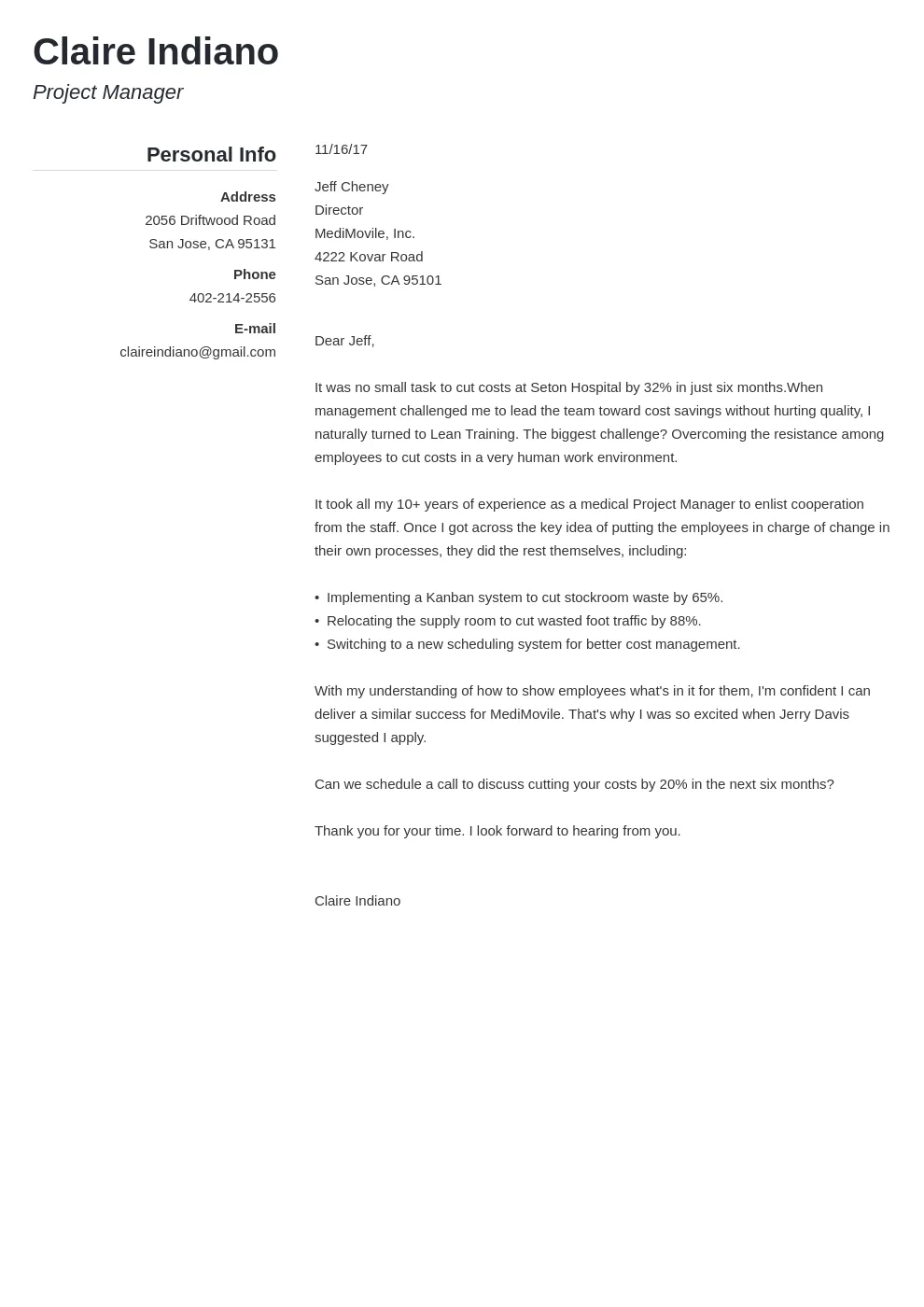
Quantifying your accomplishments makes your cover letter more impactful and credible. Instead of saying, “Improved customer service,” say, “Increased customer satisfaction scores by 20% through implementing a new training program.” Use numbers, percentages, and data to demonstrate the impact of your work. When describing your achievements, provide specific metrics that show how you contributed to the company’s goals. For example, you could state how you reduced costs, increased revenue, or improved efficiency. Including quantifiable results adds weight to your claims and provides concrete evidence of your capabilities. By using numbers, you prove that you’re not just describing your actions but also delivering tangible value.
Tailoring to the Job Description
Each cover letter should be tailored to the specific job for which you’re applying. Generic cover letters are easily identifiable and can undermine your chances of getting an interview. Carefully review the job description and identify the key skills, experiences, and requirements the employer is seeking. Customize your letter to address these specific needs. Highlight the experiences and accomplishments that align most closely with the job requirements. Use keywords from the job description throughout your letter to demonstrate your understanding of the role. By tailoring your cover letter, you demonstrate that you have taken the time to understand the company’s needs and are genuinely interested in the specific position.
Demonstrating Enthusiasm and Fit
Employers want to hire candidates who are genuinely enthusiastic about the job and the company. Your cover letter is an excellent opportunity to express your excitement and demonstrate your interest in the role. Show that you’ve researched the company and understand its mission, values, and culture. Explain why you’re drawn to the company and the specific position. Convey your passion for the field and your willingness to contribute to the team’s success. A genuine expression of enthusiasm can make you more memorable and differentiate you from other applicants. Make sure your tone is professional but also authentic, showing your personality and your excitement for the opportunity.
Researching the Company Culture

Before writing your cover letter, research the company’s culture. Visit their website, social media profiles, and news articles to learn about their values, mission, and work environment. Understanding the company culture allows you to tailor your letter to fit their specific needs. Highlight aspects of your personality and experience that align with the company’s values. For example, if the company emphasizes teamwork, highlight your experience working in collaborative environments. Demonstrate that you’re not only qualified for the job but also a good fit for the company. When you show that you understand and appreciate the company culture, you increase your chances of making a positive impression and getting an interview.
Expressing Interest in the Role
Explicitly express your interest in the specific role throughout your cover letter. State why you’re excited about the opportunity and how it aligns with your career goals. Mention any specific projects or tasks that particularly interest you. Demonstrate that you’ve thought about how you can contribute to the company’s success. Avoid generic statements such as “I am interested in this position.” Instead, provide specific reasons why you’re a good fit. Express your enthusiasm by highlighting the skills, experiences, and achievements that are relevant to the role. By clearly communicating your interest, you show that you’re not just looking for any job but are genuinely interested in this particular opportunity.
Formatting and Structure Tips
The format and structure of your cover letter are critical for readability and impact. Use a professional font, such as Times New Roman, Arial, or Calibri, with a font size between 10 and 12 points. Keep your letter concise, ideally no longer than one page. Use clear headings and subheadings to organize your content and make it easy to scan. Use ample white space to improve readability. Break up large blocks of text into smaller paragraphs. Ensure your letter is properly aligned, usually left-aligned with a justified right margin. A well-formatted cover letter is easy to read, making a positive first impression and demonstrating your attention to detail.
Font and Style Choices
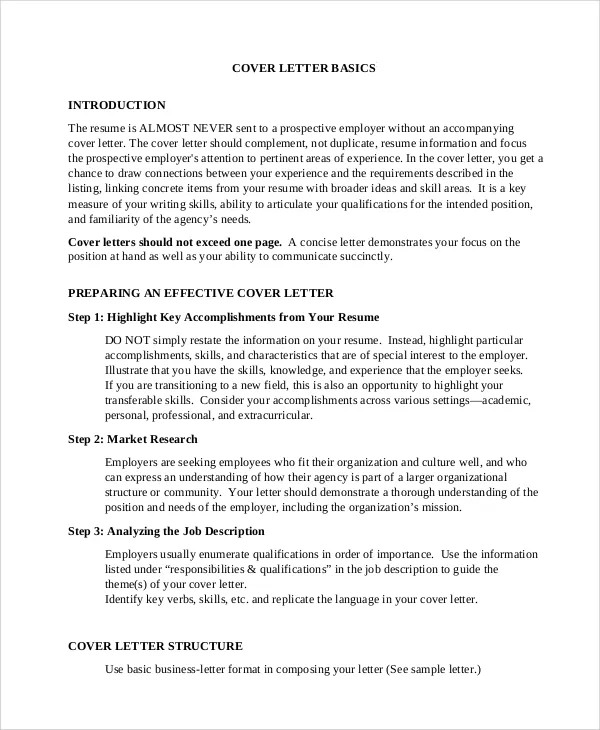
Choosing the right font and style can enhance the professional look of your cover letter. Stick to classic, easy-to-read fonts, such as Times New Roman, Arial, or Calibri. The font size should be between 10 and 12 points to ensure readability. Avoid using overly decorative fonts that can detract from the message. Be consistent with your formatting throughout the letter. Use bolding and italics sparingly, and only to emphasize important points. Ensure the overall style is clean, professional, and easy on the eyes. Your goal is to make your letter as accessible and easy to understand as possible.
Proofreading and Editing
Proofreading and editing your cover letter is essential. Typos, grammatical errors, and inconsistencies can undermine your credibility. Before submitting your cover letter, carefully review it for any errors. Use a spell checker and grammar checker, but don’t rely on them entirely. Read your letter aloud to catch any awkward phrasing or sentence structure issues. Ask a friend or colleague to review your letter as a fresh set of eyes can often identify errors you might miss. Make sure your name, contact information, and the recipient’s details are accurate. A polished, error-free cover letter demonstrates your attention to detail and professionalism.
Concluding Your Cover Letter
The conclusion of your cover letter is your final opportunity to leave a lasting impression. It should reiterate your interest in the position and express your appreciation for the employer’s time and consideration. Be sure to include a call to action and a professional closing. The goal is to reiterate your enthusiasm and make it easy for the employer to contact you. Make sure your conclusion is clear, concise, and professional. A strong conclusion reinforces your key strengths and leaves the reader with a positive impression.
Call to Action
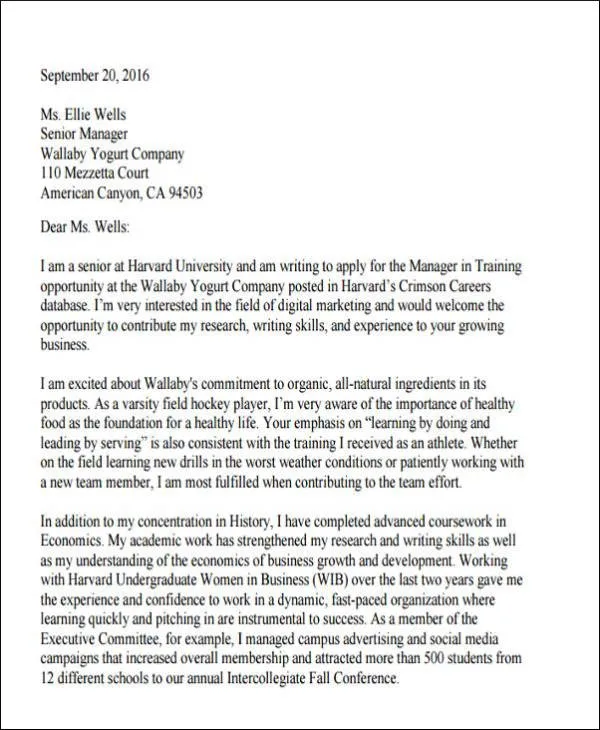
Include a clear call to action in your conclusion. This could be a request for an interview or an offer to provide additional information. Make it easy for the employer to move to the next step. For example, you might say, “I am eager to discuss my qualifications in an interview.” or “I welcome the opportunity to provide further details.” By including a call to action, you demonstrate your proactive approach and encourage the employer to take the next step. Make sure your call to action is relevant and tailored to the specific job and company.
Professional Closing
End your cover letter with a professional closing. Use a formal closing such as “Sincerely,” “Best regards,” or “Yours sincerely.” Follow this with your full name and contact information. Double-check that your email address and phone number are correct. Consider including a link to your LinkedIn profile. Ensure your closing is consistent with the tone and style of your cover letter. A professional closing leaves a positive final impression and underscores your professionalism. Avoid casual closings or slang. Ensure your contact information is easy to find and up-to-date.
